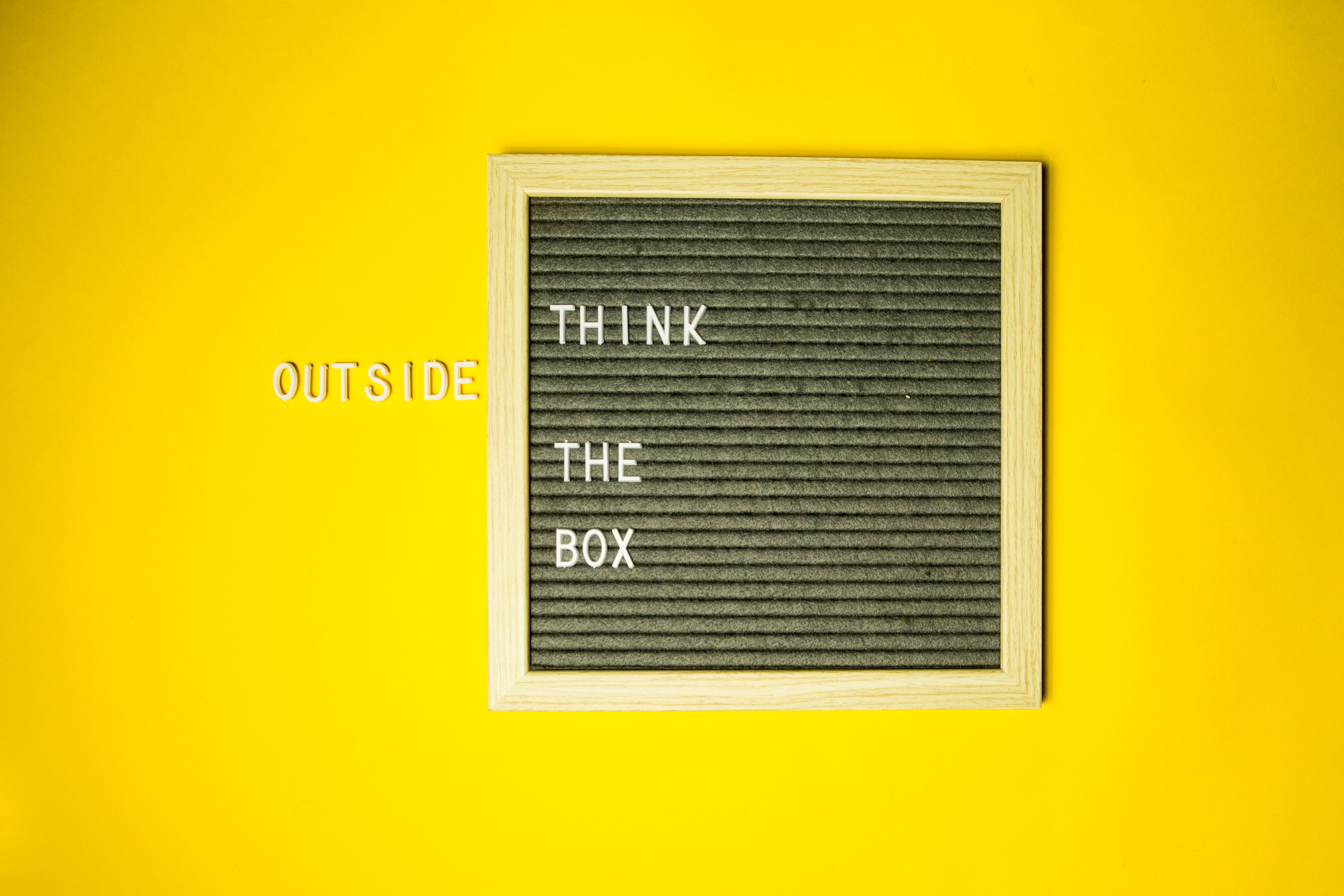If you love brain teasers, you may have come across the nine dots puzzle. In this puzzle, you are presented with nine dots, three in three rows. The goal is to connect all the dots with four lines and you must not lift your pen at all when you do this. Here’s a picture for reference. Try solving the puzzle before you continue.

How did you do?
If you’re struggling to solve this problem, consider this: are you trying to fit the four lines within the ‘box’ formed by the outer dots? What if you could draw beyond the space within the dots? Try again.
How about now? You may have come upon a solution. The following picture is the answer to this puzzle.

The first time people attempt this puzzle, they are unable to solve it because they assumed that they had to draw lines only within the boundary created by the dots. But there was no such rule to begin with. We simply made assumptions about how we were supposed to solve the puzzle.
We do this all the time in real life too. That’s a frightening and illuminating thought, isn’t it?
This simple puzzle acts as a metaphor for the way we think in everyday problems and solutions. We need to ‘think outside the box’ and that’s difficult to do when we aren’t even aware that we’re creating our own boxes or limitations.
How to think outside the box
Our minds help us filter out unnecessary input from our environment so that we can be more productive. That is how we’re able to ignore the sound of traffic and focus on work and how we can drive a car while answering a call on the speakerphone.
Unfortunately, when it comes to problem-solving, this same habit can make us believe that our problems have few to no solutions. We’ve filtered out a number of possible answers and ideas that can improve our lives just out of habit.
Let’s look at some practical ways to avoid such restrictive thinking.
Question your assumptions
The best place to start is to look at your current beliefs. Think about what happened when you worked on the nine dots puzzle. You assumed that you could only work within the boundaries of the outer dots. When you entertained the idea of going beyond the ‘box’ you found a solution.
We often set ‘rules’ for ourselves or adopt mental boundaries from our families, peers, and society in general. Start by questioning what you think you know and believe and you’ll soon open new avenues of thought. Here are questions you can ask yourself
- How can I rephrase or redefine this problem?
- What boundaries or limitations exist for a possible solution?
- Can I shift these boundaries? Are they valid?
- What happens if I change the boundaries?
- Are there are any changes that I can make to stop the problem from being a problem any more?
A few penetrating questions can be transformative. You’ll recognize arbitrary rules and limitations that stop you from growing or solving issues in your life.
Read and learn from varied material
If you’re going think out of the box, then you need to expose yourself to different materials and experiences in life. When you consume varied information, you’ll be able to connect dots from different subjects and perspectives.
Let’s look at ways that you can learn from different sources:
- Read as many books as possible and from different genres and subjects. Philosophy, fiction, brainteasers, or history, are a few different types of subjects that are helpful on their own and can be combined to create new ideas
- Take up online courses in subjects such as art, coding, and anything else that interests you
- Learn languages or take up a challenging hobby so that you can build new skills and get a different experience
You’ll be surprised at how you can crossover information from different subjects. Having varied knowledge can come in use at unexpected times and you may create something new from combining different things.
Try something different
The definition of insanity according to Einstein is to do the same thing over and over again and expecting different results. We tend to follow the same lines of thinking and then wonder why we can’t up with something creative.
The nine dots puzzle highlights that we need to look beyond imaginary rules and boundaries to get answers when we’re stuck.
For example, if your relationship with another person needs improvement, then it’s vital to change your approach towards them. If you’re struggling with going to the gym consistently, try Yoga, dancing, or something new.
You’ll feel uncomfortable and doubtful but pushing through this discomfort is essential if you’re going to find a creative solution to problems in life.
Conclusion
We’ve all been exhorted to think outside the box since childhood, but we rarely understand what that means.
The nine dots puzzle is a powerful visual metaphor that helps us open our eyes to how we create limitations in our beliefs and attitudes.
We’ve looked at a few helpful tips that can make you think differently. Keep questioning your assumptions and the limitations you believe exist. You’re certain to find creative solutions to problems that you didn’t know were possible.


